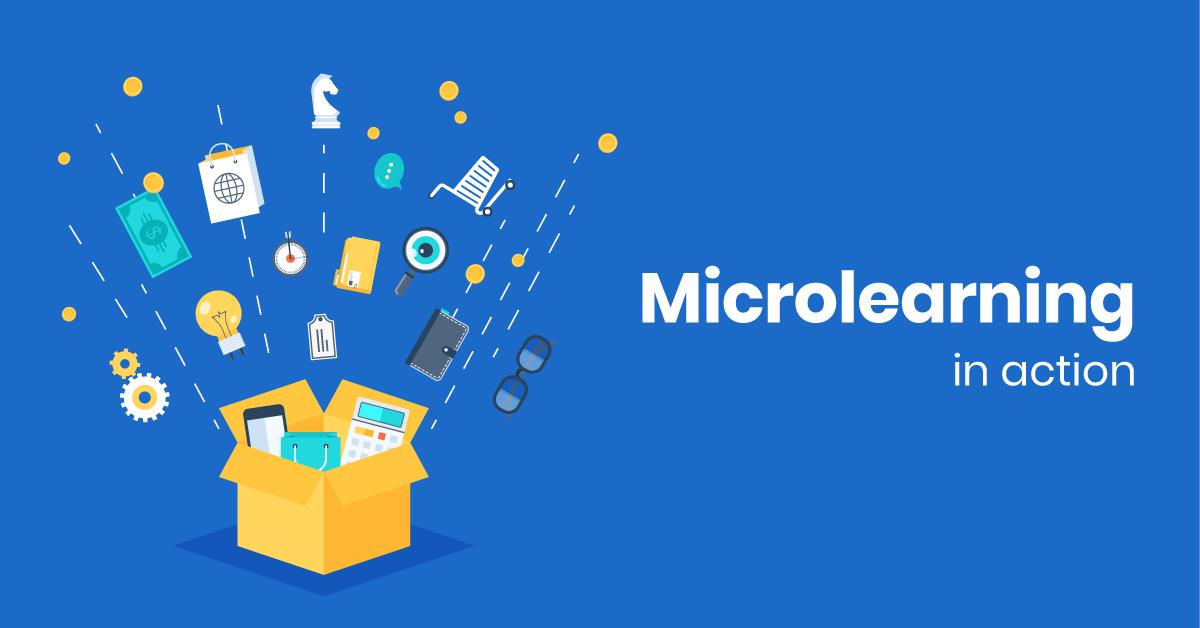In this article, I’ll delve into the basics of the Hannafin-Peck Model, so that you can decide if it’s the ideal strategy for your next eLearning course.
A Guide For Applying Τhe Hannafin-Peck Model In eLearning
The Hannafin-Peck Model involves three essential stages that are each followed by a thorough evaluation and revision process. It was first introduced back in 1987, but still remains an effective approach for designing comprehensive eLearning experiences to this day.
In this article, I’ll highlight the 3 stages of the Hannafin-Peck Model, how to apply them in your eLearning course design, and 3 advantages this approach can offer.
The 3 Phases Of The Hannafin-Peck Model
1. Assessment
The first stage in the process involves a thorough needs analysis. This includes the needs of your online learners, such as their goals and performance gaps, as well as the needs of the organization. You should also develop objectives and start thinking about which eLearning activities and resources will help you achieve them most effectively.
Use eLearning assessments, surveys, and other feedback tools to identify the needs of your learners. In a corporate environment, on-the-job observations are also a valuable assessment method, as they can give a complete picture of the tasks, job duties, and skills that your employees utilize on a daily basis.
If task mastering is a main concern, then conduct tasks analysis to break each process or procedure into its most basic components, then determine the best way to convey the information to your employees. Is an interactive scenario the ideal choice, or would the task be better suited for an online tutorial?
2. Design
The second stage of the Hannafin-Peck Model is actually designing the eLearning experience. This is the time to map out every aspect of your eLearning program and create a storyboard or outline that highlights the online exercises, multimedia components, and eLearning assessments you are going to use.
Essentially, the design stage is when you begin to put all of the pieces together so that you can determine how to fill the performance gaps and fulfill the needs and wants of your learners. For the design phase of the Hannafin-Peck Model in eLearning, gather all of your resources and online materials so that you can create a plan of action.
Meet with Subject Matter Experts to develop a list of key takeaways and start crafting the eLearning content. The design process can often be time-consuming, as you will need to develop a clear and cohesive strategy to use as a foundation moving forward. This phase relies on organization and planning, so get your eLearning team together and create all of the puzzle pieces for your eLearning course.
3. Development & Implementation
The third and final phase involves developing your eLearning program and actually implementing it. After you upload it to the LMS you’ve chosen and ensure that all of the elements are in place, it’s ready to launch. This also typically includes maintaining the program and updating it on a regular basis to meet the ever-changing needs of your learners.
In terms of application of the Hannafin-Peck Model in eLearning, now it’s time to put the puzzle together. Proofread and edit your eLearning content to make sure everything is in order, conduct testing, and prepare your learners by giving them detailed instructions on how to access the eLearning course. Once you’ve launched your online training program, be certain that you have IT staff and facilitators on hand to offer assistance.
3 Advantages Of Using The Hannafin-Peck Model In eLearning
1. Ideal for all experience levels
One of the most significant advantages of using the Hannafin-Peck Model in eLearning is that virtually anyone can use it to create effective eLearning experiences. This is due to the fact that you are able to break each stage of the eLearning course development process into manageable steps. You have the opportunity to focus on one phase and fine tune every aspect before you move onto the next.
Therefore, even Instructional Designers who may be new to the field or those who don’t have much experience with a structured eLearning course design process can benefit from the Hannafin-Peck Instructional Model.
Likewise, more experienced eLearning professionals can also take advantage of this strategy, as it can be custom tailored to fit the talents, skills, and expertise of your audience.
2. Improves the quality and consistency of eLearning experiences
This Instructional Design model includes a revision round that follows each phase. Thus, you are able to provide high quality eLearning experiences that are cohesive and well organized.
Instead of waiting until the end to make the necessary changes, you have the opportunity to improve upon your eLearning course and remedy issues as soon as possible.
3. Allows you to evaluate your eLearning course as you go along
There are some issues that are only noticeable after you’ve actually built your eLearning course from the ground up. For example, you may not detect certain coding or formatting problems until you’ve created a rough draft. At that point, it may take extensive modifications to fix the issue, which requires even more money and time.
By applying the Hannafin-Peck Model in eLearning, evaluation is part of the revision process that takes place after each phase. Thus, you can carefully analyze and assess every element of your eLearning program in order to catch common errors.
The Hannafin-Peck Model is particularly useful when you are dealing with subject matter that is more in depth or complex, as you have the ability to make the necessary revisions as you go along. However, you can apply it in virtually any eLearning project in order to stay on track and achieve your performance goals.
Identifying your corporate learners’ needs and goals is a key component of the Hannafin-Peck Model. Read the article Online Training Needs Analysis For Each Of The 5 Stages Of Employment to discover the different online training needs for each of the 5 stages of employment, as this has a significant impact on your corporate eLearning design.


